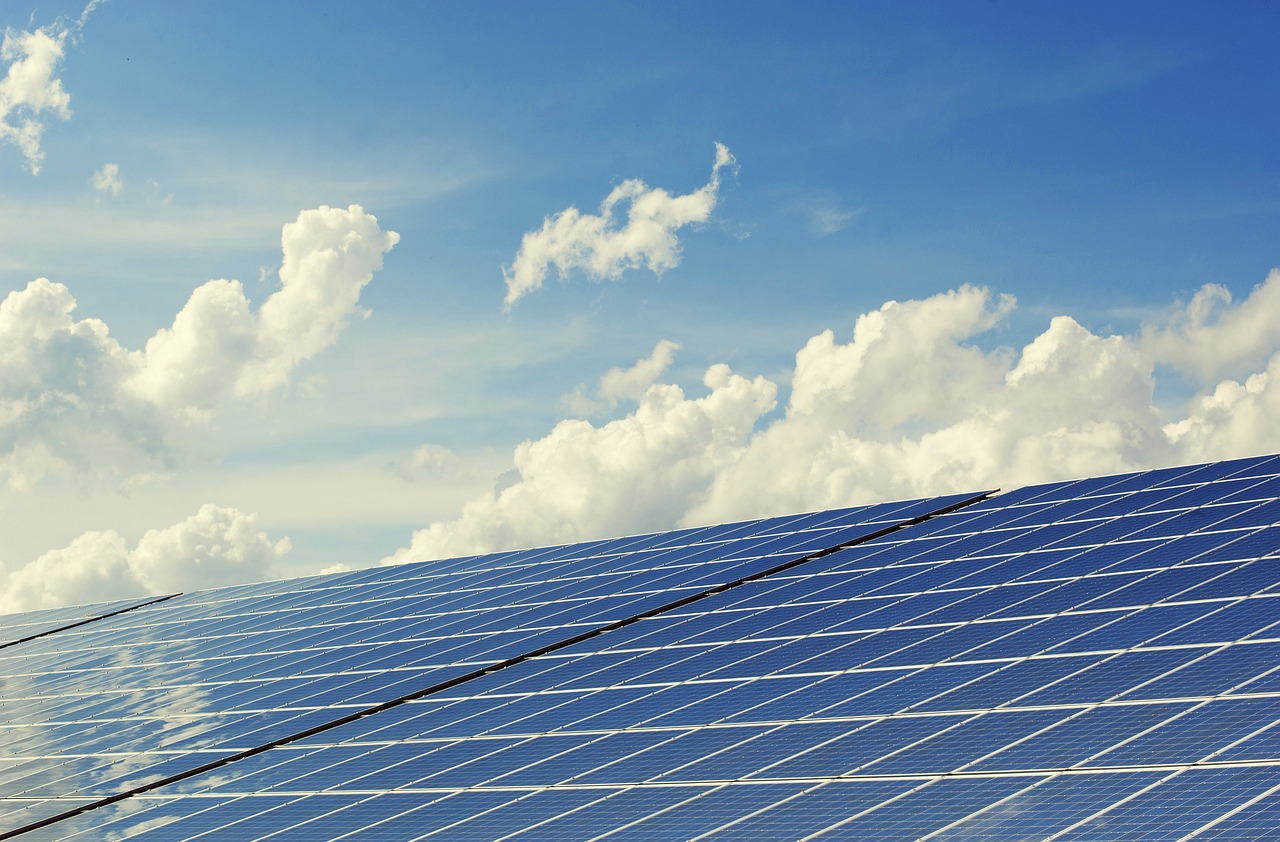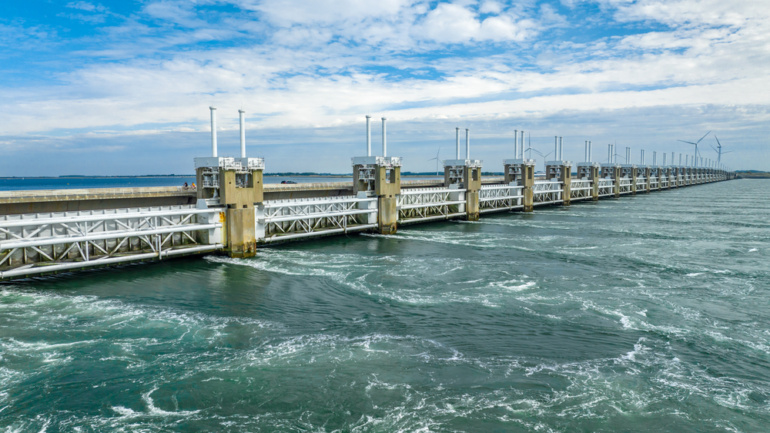By: Julia Lee | Publishing Associate: Researcher and Writer at Save the Water™ | July 17, 2023
Solar arrays floating on water bodies are gaining traction in the United States. One of North America’s largest floating solar arrays is being used to power a water treatment plant in New Jersey. The array consists of 16 thousand solar panels and spans 17 acres. It will be used to provide power to the New Jersey American Water’s Canoe Brook Water Treatment Plant. The Canoe Brook Water Treatment Plant serves over 84 thousand homes and businesses in the surrounding area.
Commissioner of the New Jersey Board of Public Utilities, Mary-Anna Holden, says: “We are proud to see the largest floating solar facility in North America be built in New Jersey. It truly underscores the efforts that the New Jersey Board of Public Utilities puts towards a diverse, clean, energy future.” You can view a drone video of the installation here.
What is a Floating Solar Array?
Floating solar arrays are also known as floating solar farms or floating photovoltaic (PV) systems. They’re solar power plants that are installed on typically calm water bodies:
- Lakes
- Reservoirs
- Ponds
- Basins
They consist of solar panels mounted on floating structures, which keep the panels afloat on the water’s surface. These floating platforms are typically made of lightweight materials that provide lightness and resist corrosion and UV radiation. The solar panels used on floating arrays are similar to those used in traditional land-based solar installations. They’re composed of solar cells that convert sunlight into electricity. This creates renewable energy, making them increasingly attractive for widespread adoption and integration into the global energy mix.
How Solar Arrays Generate Energy
The 8.9 megawatt solar array in New Jersey uses a racking system that’s anchored to the floor of the water body. Typically, floating solar arrays are used in man-made bodies of water to avoid the effects of tides and salt water on the panels.
When sunlight falls on the solar panels, the photovoltaic cells within the panels absorb the photons (particles of light). This absorption creates an electric field within the cells. The absorbed photons excite the electrons within the photovoltaic cells, causing them to break free from their atoms. These free electrons produce an electric current as they move within the cell.
This electric current is collected through a network of wires connected to the panels. The wires transport the electricity to an inverter, which is then transmitted to the electrical grid or local power distribution network, where it can be used to power homes, offices, or industries.
Benefits of Floating Solar Arrays
Floating solar arrays use sunlight to generate clean, renewable electricity while reducing dependence on fossil fuels and lessening greenhouse gas emissions. They make efficient use of space by installing solar panels on water bodies with limited land availability. Thus, this conserves valuable terrestrial resources. The water beneath the floating panels acts as a cooling system. This increases their efficiency and energy production compared to land-based installations.
Solar arrays also help reduce water evaporation from reservoirs, which are particularly valuable in water-scarce regions. The shade they provide limits direct sunlight exposure and lowers evaporation rates. By melding with existing hydropower facilities, such as reservoirs or dams, floating solar arrays allow for combined solar and hydropower generation. This maximizes the usage of renewable energy resources.
Moreover, solar arrays contribute to improving water quality and ecological balance by limiting algae growth, with minimal impact on land habitats, preserving biodiversity. Floating solar arrays offer flexibility in installation, expansion, and relocation. Hence, they can adapt to various water body sizes and shapes. This facilitates scalable deployment based on energy demand and available resources.
Additionally, by installing them close to areas that consume energy, transmission losses associated with long-distance electricity transmission are reduced, enhancing energy resilience and improving grid stability through a decentralized approach.
Limitations of Floating Solar Arrays
While floating solar arrays offer several advantages, some challenges exist:
- Platform stability
- Maintenance access
- Cost
- Disruption to aquatic life
- Site selection complications
However, ongoing technological advancements and increasing adoption are addressing these challenges. Therefore, floating solar arrays are becoming an attractive option for solar energy deployment. By improving the use of renewable energy, we can transition towards a more sustainable, low-carbon, and resilient energy system. This shift and other technological efforts, are vital for multiple things:
- Protecting the environment
- Enhancing energy security
- Promoting public health
- Fostering economic prosperity
In conclusion, the installation of a large floating solar array to power a water treatment plant in New Jersey highlights the growing popularity of this technology in the United States. Floating solar arrays offer numerous benefits, including the generation of clean and renewable electricity, efficient use of space, reduced water evaporation, and the potential for combined solar and hydropower generation. While challenges such as platform stability and maintenance access exist, ongoing advancements and increasing adoption are addressing these issues. By embracing renewable energy sources like floating solar arrays, we can work towards a more sustainable, low-carbon, and resilient energy system, benefiting the environment, energy security, public health, and economic prosperity.





